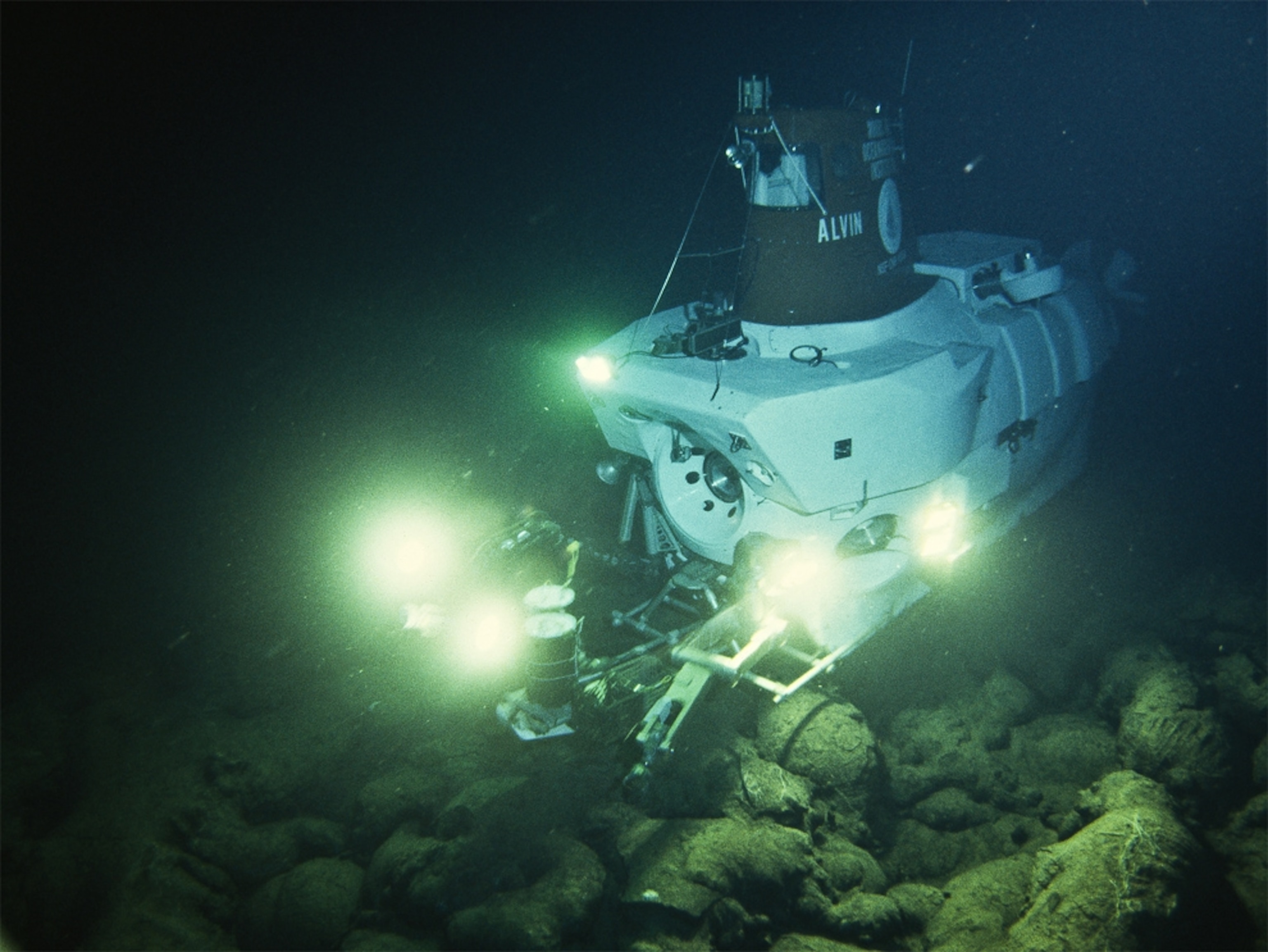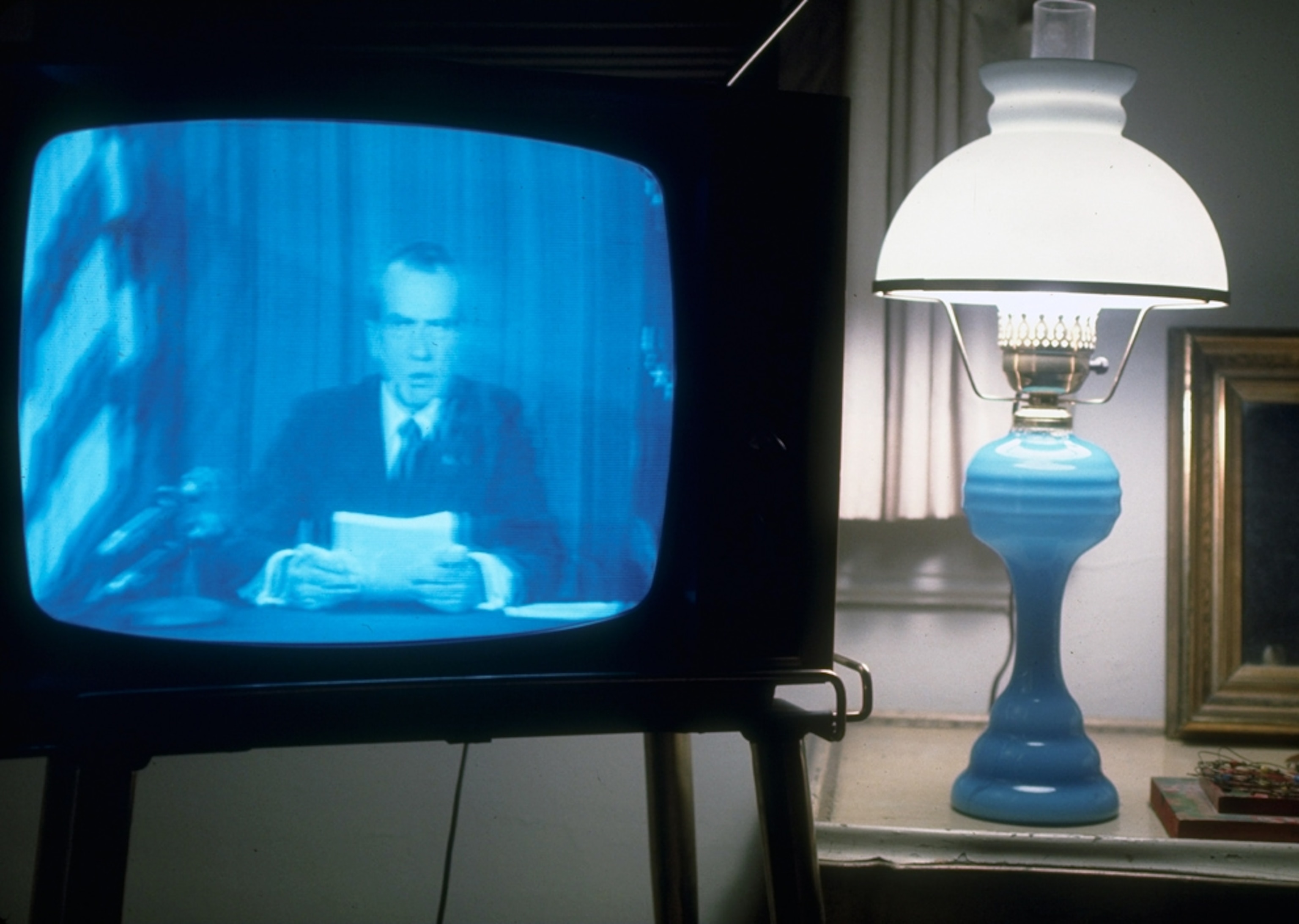As made interactively evident by a retro-futuristic Google doodle, Tuesday would have been the 183rd birthday of Jules Verne. Had he lived to see 2011, the French science fiction writer also would have seen many of his fanciful inventions made real—more or less.
In perhaps his most famous novel, Twenty Thousand Leagues Under the Sea, Verne's Captain Nemo travels the world's oceans in a giant electric submarine, the Nautilus—the inspiration for the portholed Jules Verne Google doodle.
Aside from its organ, formal dining room, and other luxuries, the Nautilus isn't all that different from some modern subs, such as the circa-1964, three-passenger Alvin (pictured), which is powered by lead-acid batteries.
Like Alvin, the Nautilus was fully powered by electricity, "which at that time had a kind of magical aura," said Rosalind Williams, a historian of technology at the Massachusetts Institute of Technology (MIT).
In the book Captain Nemo describes electricity as "a powerful agent, obedient, rapid, easy, which conforms to every use, and reigns supreme on board my vessel."










